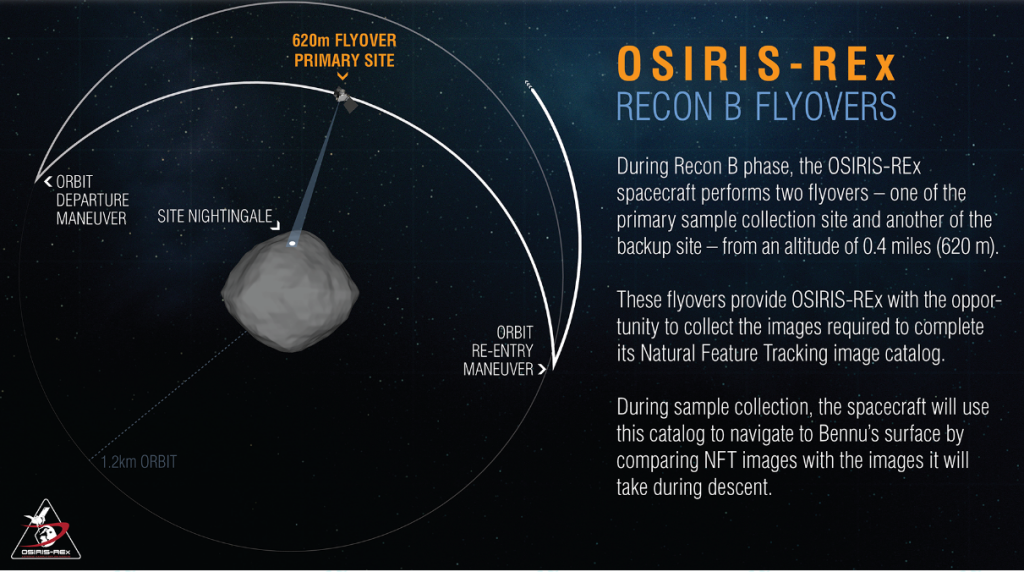CONTENTS:
- Temple Crisis In Uttarakhand
- NASA’s OSIRIS-REx spacecraft
Temple Crisis In Uttarakhand
Context:
The year commenced with a disastrous event, as reports surfaced about the temple town of Joshimath in Uttarakhand’s Chamoli district facing a crisis. The town was said to be ‘sinking,’ and signs of structural damage appeared on both residential and commercial buildings. This led to a humanitarian emergency, with people evacuating and seeking shelter in tents and open areas, fearing the collapse of their homes.
Relevance:
GS3-Disaster Management
Mains Question:
Analysis the various causes of recurring landslides in Uttarakhand. What can be done to dealt with such disasters in an effective way? (15 marks, 250 words).
Causes of the crisis in Uttarakhand:
- The immediate cause of the worsening cracks was linked to the tunneling activities associated with the Tapovan Vishnugad power project by the National Thermal Power Corporation.
- Concerns were also raised about potential factors such as groundwater depletion and unchecked urbanization contributing to substandard construction, possibly reaching a point where disasters became inevitable.
- Notably, the Central Building Research Institute in Roorkee highlighted that 99% of constructions in the region did not adhere to mandatory building codes.
- Surprisingly, the dissemination of information from scientists involved in the studies conducted on land subsidence was prohibited, citing concerns that satellite imagery of the subsurface in Uttarakhand, from both Indian and international sources, was exacerbating panic. Information was to be shared only after clearance by the Central authorities. Consequently, despite the reports being available for months, it took a stern rebuke from the High Court of Uttarakhand for the State authorities to make this information public.
Way Forward:
- The National Institute of Hydrology, Roorkee, emphasized the need to monitor the network of springs, drainage systems, and areas prone to subsidence, suggesting that these factors could influence land subsidence.
- The challenging geology of the region makes ambitious infrastructure projects resembling cities risky, emphasizing the necessity for stringent town planning and construction measures to minimize the risk of accidents and loss of lives.
- Independent scientific counsel should play a central role in policymaking, and clear boundaries must be set to limit development in the region.
Conclusion:
While there is a valid argument for ensuring that citizens in hill states have access to basic amenities and opportunities for material progress, it is crucial for governments to make decisions that are sustainable rather than merely politically advantageous. A key step involves widely disseminating information about risks and incorporating it into public consciousness.
NASA’s OSIRIS-REx Spacecraft
Context:
On September 24th, NASA’s OSIRIS-REx spacecraft released a capsule into Earth’s orbit, allowing it to be drawn down by the planet’s gravitational force. Subsequently, parachutes were deployed, and the capsule gently touched down in Utah, USA. Experts were on standby to recover its precious cargo: approximately 250 grams of rocks and dust collected by OSIRIS-REx from the surface of the asteroid 101955 Bennu.
Relevance:
GS3-Space
Mains Question:
Justifying the need to study the asteroid Bennu, give the details of NASA’s OSIRIS-REx mission and its recent developments. (10 marks, 150 words).
About Bennu:
- Bennu, an asteroid in orbit around the sun with a 436-day period, periodically comes close to Earth every six years or so.
- It is a carbonaceous asteroid, suggesting it assumed its current form and composition within 10 million years of the solar system’s formation, remaining remarkably intact over the last 4.5 billion years.
- These remnants are anticipated to provide insights into the constituents of the solar system and the processes that amalgamated them in diverse ways.
- Some scientists hypothesize that asteroids like Bennu, when colliding with Earth, may have delivered the compounds necessary for life formation.
- Additionally, as Bennu poses a potential impact threat between 2178 and 2290, studying it could contribute to strategies for preventing such collisions.
About OSIRIS-REx Mission:

- NASA initiated the OSIRIS-REx mission (Origins, Spectral Interpretation, Resource Identification, Security-Regolith Explorer) in 2016.
- Two years later, scientists maneuvered it into orbit around Bennu at an altitude of just 2 km, while the asteroid itself was hurtling through space at 28 km/s.
- On October 20, 2020, OSIRIS-REx briefly landed to collect a sample from a predetermined location on the asteroid before ascending.
- In May 2021, it began its return journey to Earth, delivering the capsule containing Bennu’s regolith. Following this, it will transform into its OSIRIS-APEX incarnation to rendezvous with the silica-rich asteroid 99942 Apophis in 2029.
- The OSIRIS mission is dual in nature, collaborating with Japan’s Hayabusa missions, which have gathered samples from Itokawa and Ryugu, to expand our understanding of the solar system’s history.
Conclusion:
As NASA’s third element in the ‘New Frontiers’ program, after New Horizons and Juno, OSIRIS involves significant commercial aspects, including opportunities for space mining and impact mitigation technologies. Nevertheless, it is also part of an enduring quest to unravel the origins of life and contemplate its destiny. With OSIRIS’s capsule, humanity seemingly grasps infinity in the palm of its hand.





